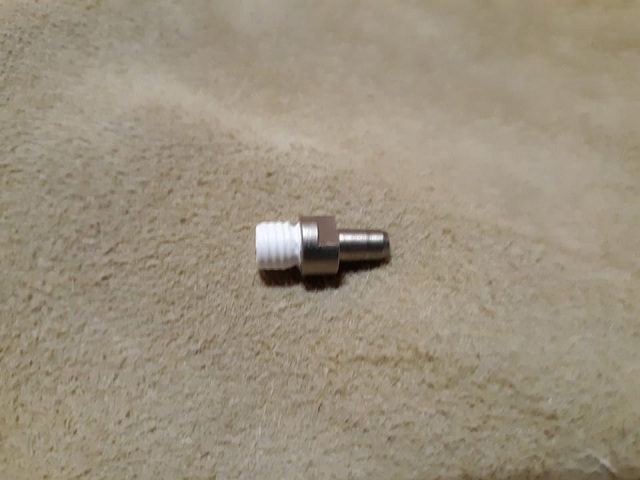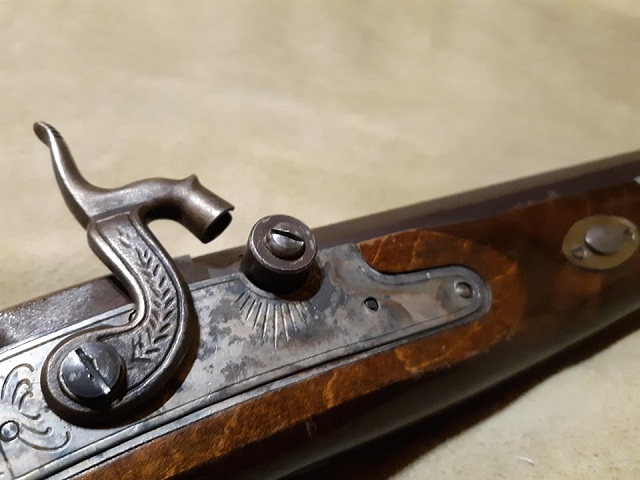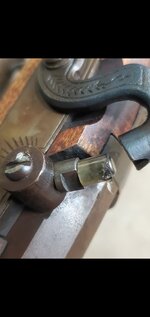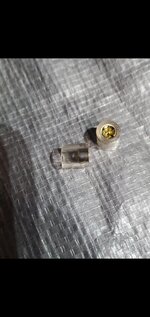Deer&Ducks527
FNG
- Joined
- Jun 30, 2020
- Messages
- 35
On my muzzleloader elk hunt I plan to put electrical tape over the barrel to keep the rain out. I'm shooting a Hawken, and I am not sure if I should put tape over the nipple or whether there's a better option. What do you guys do to waterproof your percussion muzzleloaders?









